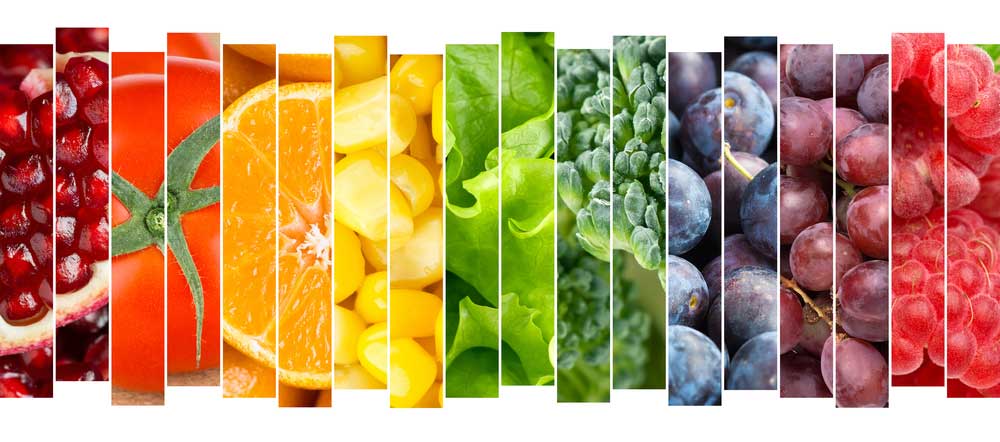We are continuously bombarded with new tips and trends on nutrition and diet. So, which do we follow? How do we feed ourselves and our families healthy meals?
The majority of the advice given asks us to make drastic changes in our lifestyle, which honestly can be overwhelming and hard to do. So, let’s start our journey to a healthy lifestyle with small steps, small changes in our daily routine and in our family’s eating habits. The family is the best place to start – it’s where kids learn about healthy food and healthy habits.
Here are some suggestions for you to start with:
Water
Have a glass of water on an empty stomach instead of coffee or juice. Water flushes the toxins out of the body, keeps the internal organs and the skin healthy, and strengthens immunity.
Always keep a bottle of water alongside you, it reminds you to stay hydrated throughout the day.
Fats
Stop using vegetable oils for cooking and switch to unrefined healthier oils.
Processed vegetable oils oxidize at high temperatures, releasing free radicals and other toxic substances causing many diseases. Instead use olive oil for salads and dressings and cook with oils that have a high smoke point like coconut and avocado oils or grass-fed butter and ghee. Yes, you read it right, recent studies showed that these types of saturated fats protect from cardiovascular diseases rather than cause them.
Fruits and vegetables
Make sure you include vegetables (raw or cooked) in each meal you have. Vegetables contain a lot of potent phytonutrients that protect against many diseases.
Eat the rainbow, choose fruits and vegetables of different colors – each color refers to a certain nutrient – and don’t be afraid to try new uncommon ones.
Always combine vegetables with some kind of healthy fat (keep the olive oil on the salad), they allow the body to absorb the fat-soluble vitamins present in the vegetables (A, D, E, K).
Be cautious with the cooking methods. Overcooking vegetables by boiling or deep frying make them lose their nutrients.
Grains
Include grains as part of a balanced meal, but not the main part of it – go for a small portion of grain with a lot of vegetables, and a portion of protein. Try uncommon grains such as freekeh, colored rice, buckwheat, quinoa, or simply choose whole grains like whole wheat breads or pastas, and brown rice.
Meat, chicken, and fish
Meats should always be cooked at low temperatures; high heat creates carcinogenic compounds. Always marinate the meat before cooking with lemon juice, garlic, onions, herbs, spices, etc., this decreases the production of toxic compounds when meat is exposed to heat.
Always choose organic chicken, if possible, as it is hormone and antibiotic free.
Make seafood part of the weekly family menu and go for the smallest fish: they have the highest omega 3 levels. Instead of the can of tuna choose sardines in olive oil.
Dairy products
It’s best to choose goat or sheep products, they have less inflammatory proteins and thus are easier to digest.
Food labels
Start reading the labels when shopping for food. Not everything that claims to be healthy is really healthy. One simple trick to do it is to avoid anything with a long list of ingredients, weird names, and numbers (they are chemicals added to make food taste better and last longer).
Sugar
Replace the white processed sugar used at home with healthier versions like blackstrap molasses, raw honey, organic coconut sugar, pure maple syrup, or pure stevia.
Mealtime
Turn off the TV, keep the phone aside, eat slowly, chew well, and enjoy your food. Eating in a quiet setting results in better digestion.
The key to maintaining a healthy diet can be summarized in two words: moderation and diversity. Make sure you include a variety of real unprocessed foods in your daily meals and don’t go to the extremes in any diet you follow, these measures fail quickly.

